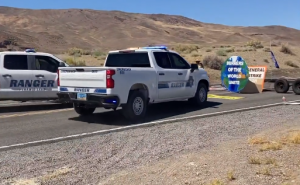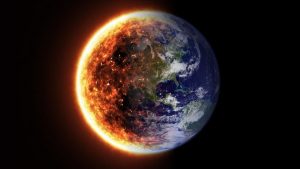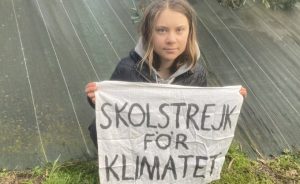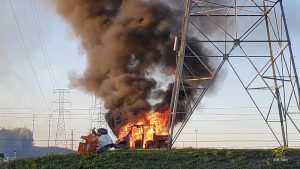International Day for the Preservation of the Ozone Layer is observed on September 16. Designated by the United Nations, the day spreads awareness among people about the depletion of ozone and find possible solutions to preserve it.
The Montreal Protocol, a multilateral environmental agreement, aims to protect the ozone layer. Adopted in 1987, it regulates the production and consumption of ozone-depleting substances (ODS).
Also read: World Ozone Day 2021: What humans can do to prevent ozone layer depletion
What is the ozone layer?
The ozone layer is at an altitude of about 10 km (6.2 miles) in the earth’s stratosphere. It absorbs most of the ultraviolet radiation reaching the earth from the sun. The ozone layer in the atmosphere is thicker over the poles than over the equator.
What is the ozone layer made of?
The ozone layer contains high concentration of ozone (O3) gas. Ozone is a pale blue gas with a pungent (chlorine-like) smell.
Also Read: Humanity is doomed: Young people on climate change
Who discovered the ozone layer?
The ozone layer was discovered by the French physicists Charles Fabry and Henri Buisson in 1913.
Why is ozone layer important?
The Sun gives out harmful ultraviolet (UV) rays. Exposure to these can cause premature aging of the skin and signs of sun damage like wrinkles, leathery skin, liver spots, actinic keratosis, and solar elastosis. Apart from this, UV rays can cause the cornea (on the front of the eye) to become inflamed or burned.
The ozone layer protects the earth from the UV rays. While the shield keeps humans safe, it is also important for plants, which cannot grow in UV radiation, and planktons that serve as food for most of the ocean life.
Also Read: Climate change may render 200 million people homeless by 2050: Study
With a weakening of the ozone layer, humans would be more susceptible to skin cancer, cataracts and impaired immune systems.
Is the ozone layer damaged?
Scientists have found and alerted ozone layer depletion over decades. Chlorine and bromine let out through human activities cause reactions in the ozone layer, leading to ozone molecules getting destroyed. As per ‘Stratospheric Ozone and Surface Ultraviolet Radiation’, ozone levels have dropped by a worldwide average of about 4% since the late 1970s.
Is there a hole in the ozone layer?
The ozone layer over Antarctica (south pole) is referred to as the ‘Ozone Hole’. The hole formed at the south pole due to the region’s unique meteorological and chemical conditions.






